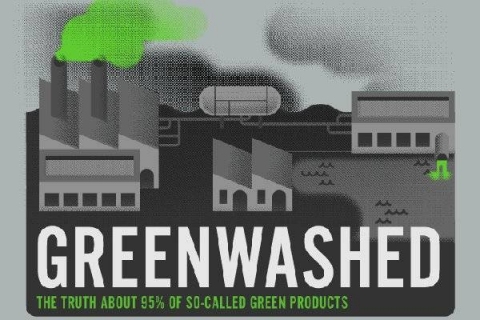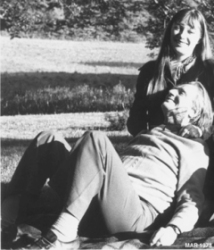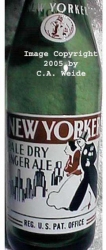
Every year flashy new green terms are created and tossed around as companies try to stay on the cutting edge of their triple bottom line. Environmental issues and renewable energy are serious problems that need to be addressed, however, greenwashing, the practice of making misleading claims about the environmental benefits of a product or service, has unfortunately become the norm amongst some businesses small or large.
Bloggers and journalists are writing about the dangers of lead, LEDS and, LEED Certification to the point where the environmental glossaries (http://www.scgh.com/glossary/glossary-of-green-terms/) are necessary to keep track of all the new acronyms.
Reduce. Reuse. Recycle. This is the mantra that many “green” companies have been chanting...(years before any certifications and acronyms found their way to mainstream media) . No triple bottom line, packaging, certifications, or acronym necessary...sustainable design is built in the core business model of vintage design items. In the grand sceme of things, because the products already exist, they are being "recycled" and findling new spaces to occupy.
Although all vintage products are "upcycled" and reduce the amount of new raw materials being used, a few concerns to keep in mind are the carbon footprints created by shipping these items and the possible dangers of rare materials that are now illegal to harvest and that could be passed off and sold as "vintage" products. We can make no claims about being "green" or certified in any way, however, I do belive that repurposing vintage design products and combining them with some of the great new designs available today has its place in the sustainable design movement, for example the latest trends in using "rustic" or "Gothic" design in 21st Century spaces. What are your thoughts? What could be done better?




.jpeg)




.png)
Add new comment